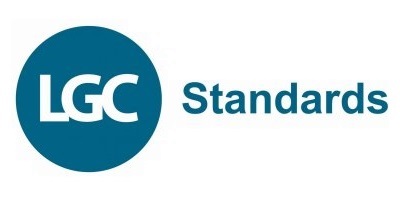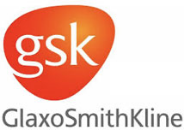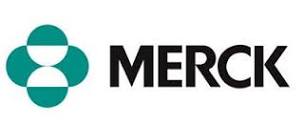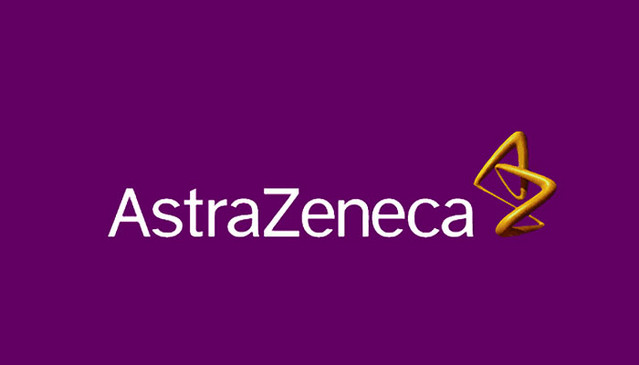Understanding Harmonized System Codes for the Chemical Industry
Chemical companies are intensely regulated. Products are subject to restrictions that vary from region to region, and unique supply chain obligations must be satisfied to ensure goods are traded in a safe, cost-efficient manner. Mistakes can be extremely expensive. Chemical products, even basic chemicals, that are improperly labelled according to a recognised classification system can lead to instances of non-compliance and undue customs delays or tariffs. The World Customs Organization (WCO) has attempted to alleviate these pitfalls in global chemical trading through Chapters 28 and 29 of the Harmonized System (HS). However, chemical HS coding remains a tricky prospect, especially for speciality chemical manufacturers.
How HS Coding Applies
The WCO launched the International Convention on the Harmonized Commodity Description and Coding System, or HS Convention, back in 1988. Their express goal was to facilitate international trade and reduce associated costs while standardising trade documentation and data transmission. HS coding was the primary result of this initiative.
The HS nomenclature is a standardised numerical method by which numerous commodities can be identified using eight or ten-digit codes. The US, for example, uses a ten-digit system, while Switzerland uses an 8 digit code. These codes are structured for ease of identification, so the first two digits denote the HS chapter number, the second two indicate the heading number, the third two denote the sub-heading, and the final two or four represent a domestic use identifier. Chemical HS coding is covered in Section VI of the Harmonized System, covering Chapters 28–38. The headers for these chapters are as follows:
- Chapter 28 Inorganic chemicals; organic or inorganic compounds of precious metals, of rare-earth metals, of radioactive elements or of isotopes
- Chapter 29 Organic chemicals
- Chapter 30 Pharmaceutical products
- Chapter 31 Fertilisers
- Chapter 32 Tanning or dyeing extracts; tannins and their derivatives; dyes, pigments and other colouring matter; paints and varnishes; putty and other mastics; inks
- Chapter 33 Essential oils and resinoids; perfumery, cosmetic or toilet preparations
- Chapter 34 Soap, organic surface-active agents, washing preparations, lubricating preparations, artificial waxes, prepared waxes, polishing or scouring preparations, candles and similar articles, modelling pastes, “dental waxes” and dental preparations with a basis of plaster
- Chapter 35 Albuminoidal substances; modified starches; glues; enzymes
- Chapter 36 Explosives; pyrotechnic products; matches; pyrophoric alloys; certain combustible preparations
- Chapter 37 Photographic or cinematographic goods
- Chapter 38 Miscellaneous chemical products
Difficulties with HS Coding
It is relatively easy to overview information by chapter, but the rules, terminology and explanatory notes therein can be extremely complex, even for trained chemists or trade compliance experts. Inorganic and organic chemicals are generally classified under Chapters 28 and 29, covering the vast majority of individual chemicals in existence. The remaining chapters often cover mixtures, alloys or finished products with a specific purpose containing chemicals (e.g glue, soaps). Even if you are confident that your raw materials fall under that inorganic/organic substances bracket, Chapter 28 alone has 50 heading codes, each with multiple sub-headers defined by chemistry. Afterwards, you may still need to take into account the product’s intended use accurately
Although chemical HS coding can be a rigmarole, the cost of getting it wrong is such that chemical companies often prefer to work with contracting parties experienced with customs authorities and chemical classification. This route, while effective, is not a cheap or timely solution. We discussed this in our previous article: How to Find a Chemical HS Code.
Scitegrity Solutions for HS Coding
Manufacturers and distributors looking to ship chemical products cannot afford to make mistakes with chemical HS coding. However, alternative routes, such as chemical trading consulting, can be prohibitively slow or expensive. At Scitegrity, we have developed a different solution.
ExpediChem is a powerful software tool designed for rapid and reliable chemical HS coding. It requires limited chemical expertise, enabling users to search by chemical, common name, or structure. The system allows novice users or those with no chemical or HS coding knowledge to accurately determine the HS code even for proprietary or novel chemicals within a few seconds.
Interested in learning more? Contact a member of the Scitegrity team today.
Trusted by our Clients











